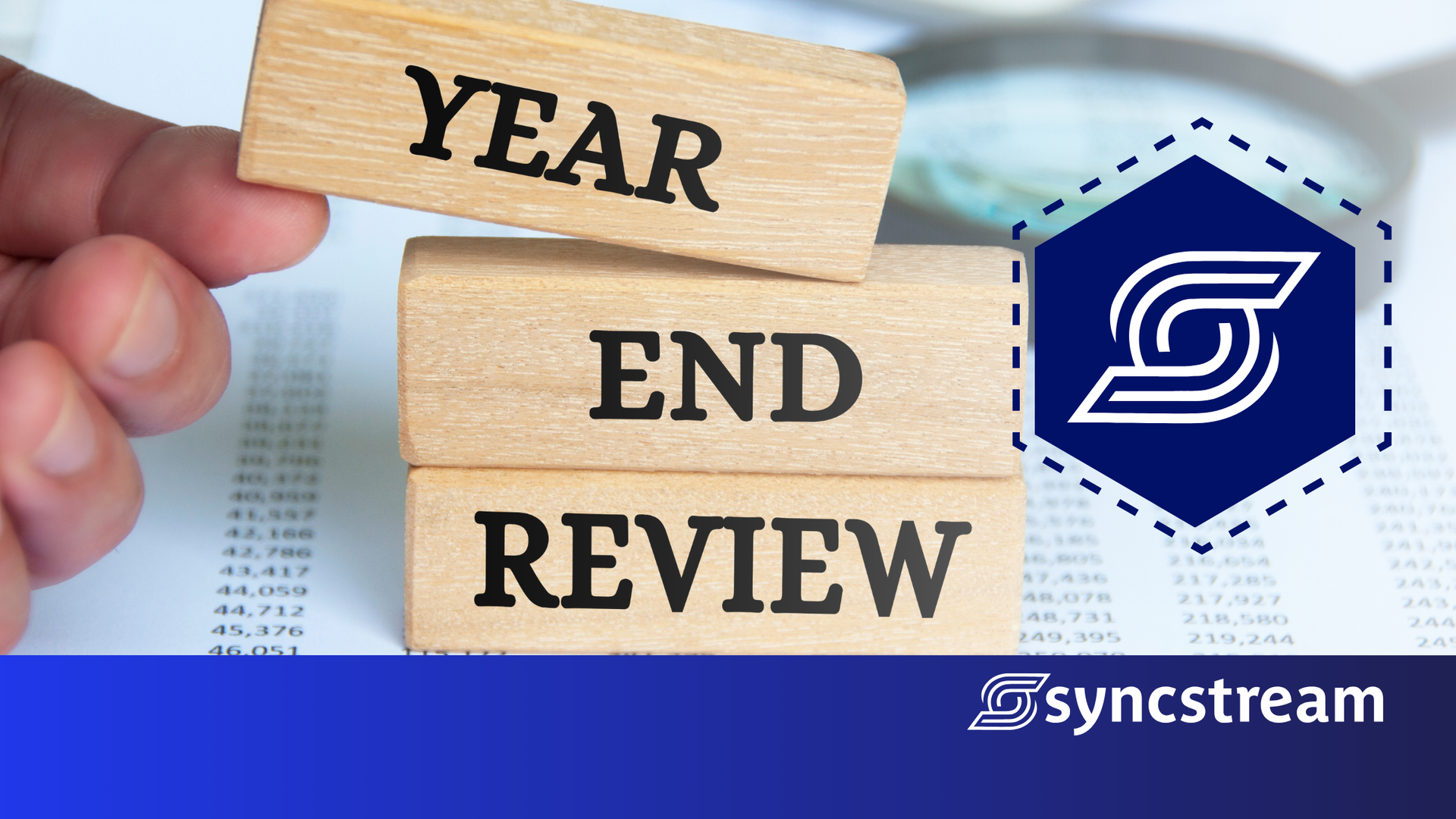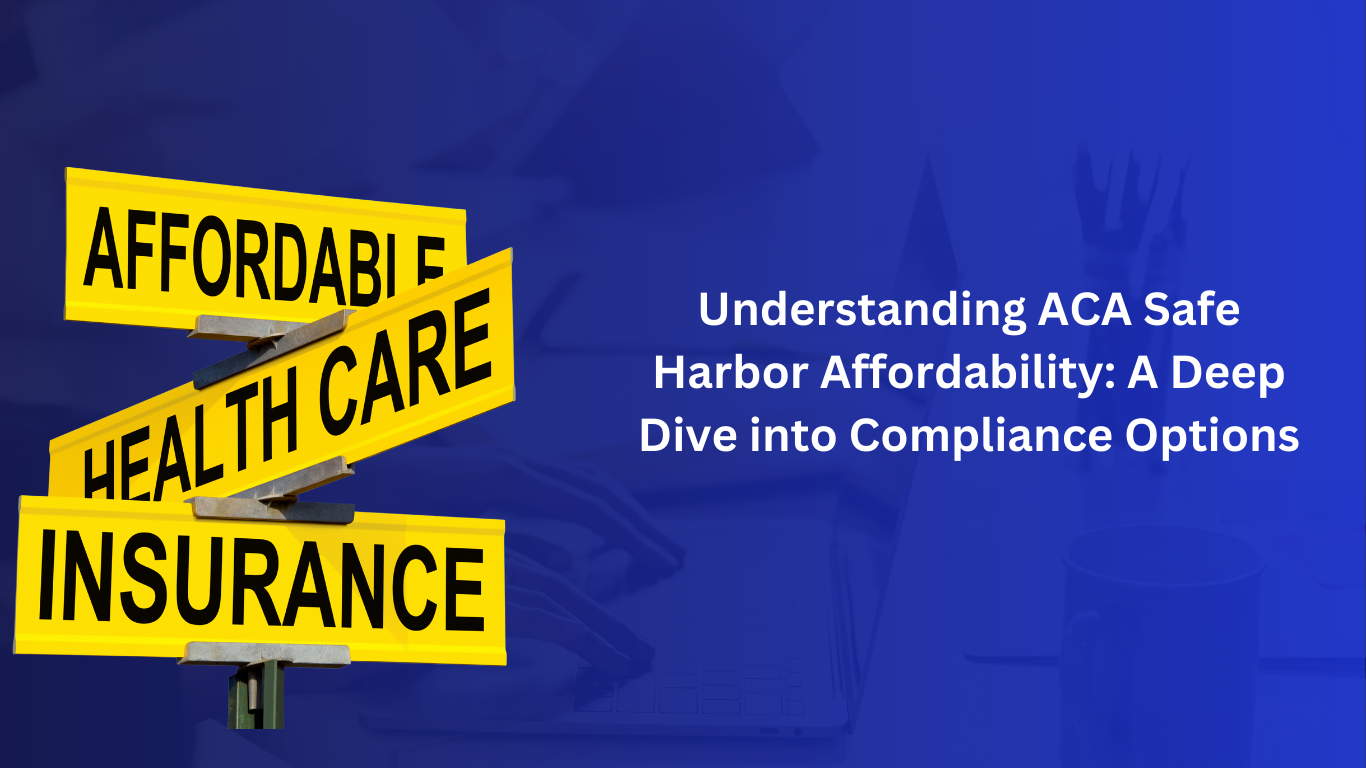ACA Subject Matter Experts
syncstream blogs
stay up to date with the latest aca news


Navigating reporting with multiple different types of employee working hours can be quite challenging. Since the enactment of the Affordable Care Act, questions and debates have arisen about the impact of this law on third-party staffing arrangements. Many companies offer temporary and part-time employees lower-tiered benefits, if any. If you have employees working a variety …

If you’ve ever found yourself squinting at ACA terms that read more like acronym soup than common sense, you’re not alone. For many employers, keeping up with the Affordable Care Act still feels like navigating a maze — one lined with confusing terms, shifting standards, and high-stakes consequences. The frustration is real. So is the risk.

Employers often turn to Affordable Care Act (ACA) compliance solutions offered by their Payroll or HRIS platforms, believing they have everything covered. However, many of these solutions fall into a category known as "ACA Light”, a term for compliance tools that lack the depth and logic necessary to handle complex employer situations and IRS regulations.
Unfortunately, many Applicable Large Employers (ALEs) only discover the limitations of these solutions when they receive a 226J penalty from the IRS. By then, it’s often too late, and the financial repercussions can be severe.

As the year approaches, complying with the Affordable Care Act (ACA) and reporting requirements goes beyond merely checking boxes—it’s about building a resilient, compliant foundation for the future. To help HR professionals and business leaders streamline this process, we offer a detailed ACA Reporting Compliance Checklist with action items for the end of 2024 and the beginning of 2025.

Understanding the importance of which workers qualify as full-time, part-time, temporary, and seasonal under the Affordable Care Act (ACA) will keep you in compliance when calculating their benefits coverage and offers of coverage throughout the year.
How can you properly keep track of and calculate employees’ hours correctly to stay compliant with the ACA? We answer some frequently asked questions related to correctly calculating employee hours and provide some expert best practices to keep your company in compliance.

Halloween hasn’t passed and yet box chains are already stocking up on Christmas decorations, which means the holiday season is here while business owners are hiring thousands of seasonal workers to accommodate increased demand, some employers — like those in retail and hospitality — might not realize that seasonal workers can have serious consequences for Affordable Care Act (ACA) compliance.

As Donald Trump prepares to take office in 2025, questions around the Affordable Care Act (ACA), or Obamacare, have resurfaced, but with a twist. While discussions of repeal were central during his first term, the ACA has since become more ingrained in the American healthcare system, with many of its core features enjoying broad public support. Rather than seeking to dismantle the ACA entirely, the Trump administration is likely to focus on reshaping, streamlining, and introducing modifications that align with a more conservative approach to healthcare policy. Here’s a closer look at what the ACA’s future might look like under a second Trump presidency.

Regarding ACA compliance, understanding the Safe Harbor provisions is key to managing the affordability of your employees' healthcare coverage. Employers can utilize three types of ACA Safe Harbors to ensure at least one of their healthcare plans meets affordability standards. Here’s a summary of each safe harbor.



